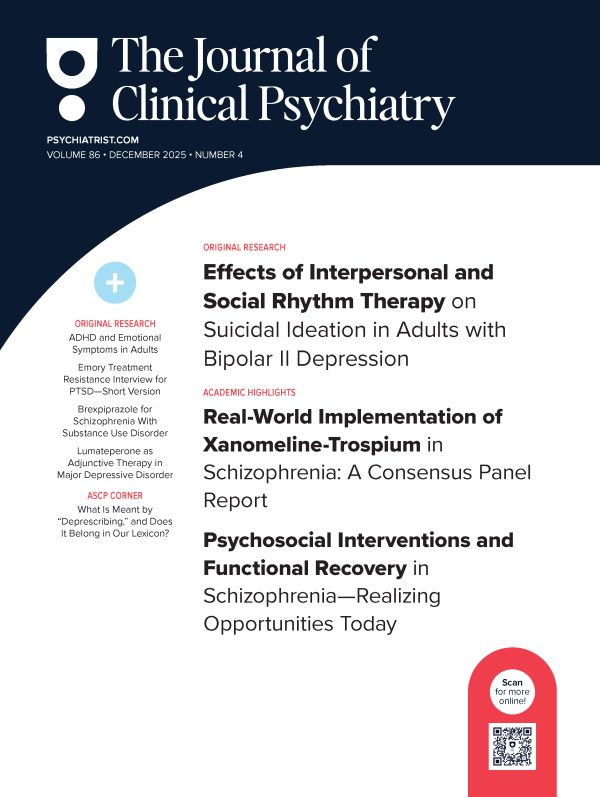Objective: Vitamin D deficiency is common among immigrants, who, as a group, have heightened risk of psychosis. This study aimed to determine vitamin D levels among immigrants and Norwegians with psychosis compared to the general population and their association to clinical characteristics.
Method: This study compared vitamin D levels between immigrants and Norwegians within and between samples of patients with psychosis from a catchment area-based cross-sectional study (2002-2007) with a sample from a population-based health study from the same catchment area (2000-2001). The psychosis sample included patients with a Structured Clinical Interview for DSM-IV Axis I Disorders diagnosis of psychotic disorder (67 immigrants, 66 Norwegians). The reference sample consisted of 1,046 subjects (177 immigrants, 869 Norwegians). Serum levels of vitamin D were measured by radioimmunoassay, and results were presented as 25-hydroxyvitamin D levels.
Results: Over 80% (n’ ‰=’ ‰55) of immigrant patients with psychosis had insufficient/deficient serum levels of 25-hydroxyvitamin D (<‘ ‰50 nmol/L). Immigrants had higher rates of 25-hydroxyvitamin D deficiency than Norwegians (P’ ‰<‘ ‰.001). Norwegians with psychosis had lower serum levels of 25-hydroxyvitamin D than Norwegians in the reference sample from the general public (P’ ‰<‘ ‰.001). 25-hydroxyvitamin D levels correlated with certain negative/depressive symptoms among patients with psychosis.
Conclusions: An alarmingly high percentage of immigrants and Norwegians with psychotic disorders have 25-hydroxyvitamin D deficiency. This has important clinical implications as it suggests possible beneficial effects of vitamin D medication/heliotherapy within this group.
J Clin Psychiatry
Submitted: April 20, 2009; accepted July 14, 2009.
Online ahead of print: April 6, 2010 (doi:10.4088/JCP.09m05299yel).
Corresponding author: Akiah Ottesen Berg, Cand Psychol, Thematically Organized Psychosis study group, Institute of Psychiatry, University of Oslo, Oslo University Hospital, Building 49, Kirkeveien 166, N-0407 Oslo, Norway ([email protected]).
Members Only Content
This full article is available exclusively to Professional tier members. Subscribe now to unlock the HTML version and gain unlimited access to our entire library plus all PDFs. If you’re already a subscriber, please log in below to continue reading.
Please sign in or purchase this PDF for $40.00.
Already a member? Login





